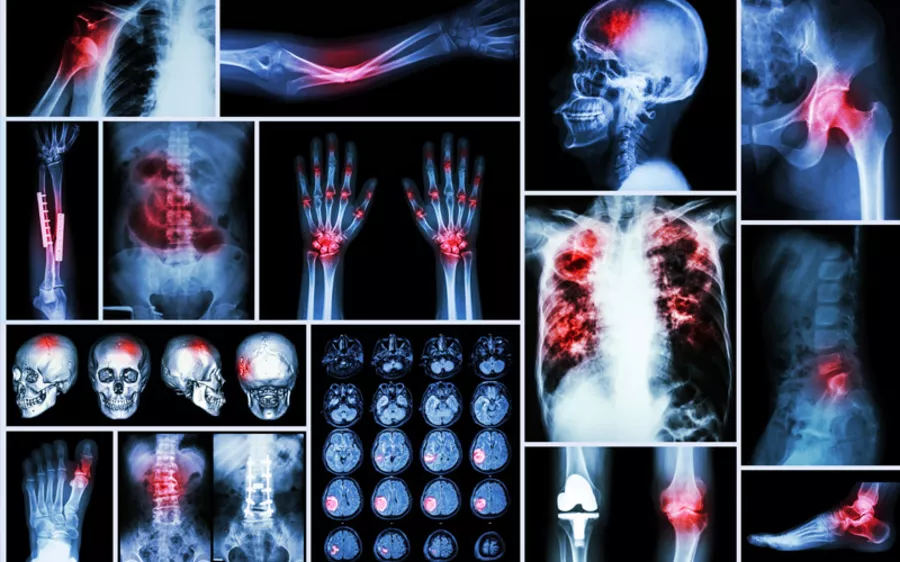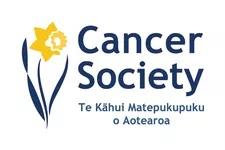Bone Cancer
True bone cancers are very rare. Known as ‘primary bone cancers’, they start in bones or cartilage. There are several kinds, and each one will need a particular range of treatments.

More commonly cancers spread into the bones from other places in the body, known as mestastases. These are also referred to as ‘bone cancers’ but are treated differently to primary bone cancer.
In more detail
A primary bone tumour is generally called a sarcoma and there are several kinds. Osteosarcoma is the most common, and starts in the bone cells of legs, arms or pelvis. Less common is chondrosarcoma, which starts in the cartilage or soft tissue part of bones. Ewing tumours mostly appear in the pelvis, chest wall and the long bones of legs or arms.
The most frequently found ‘bone cancers’ have actually spread from other areas of the body. Under a microscope, their cells will look and behave like the original cancer, and need to be treated as such. This means that treatments for bone cancer can be varied.
Some rare types of bone tumour can occur in specific areas of the body, or in certain groups of people. For example, giant cell bone tumours usually affect the legs and arms of young to middle-aged adults, while a chordoma is found at the base of the skull or the spine.,
Other cancers that affect bones include Non-Hodgkins lymphoma, which usually comes from the lymph nodes, but sometimes starts in the bones. Multiple myeloma develops in the plasma cells of bone marrow, and although it affects bones it isn’t considered a primary bone cancer.
The Cancer Society of New Zealand has more information here






